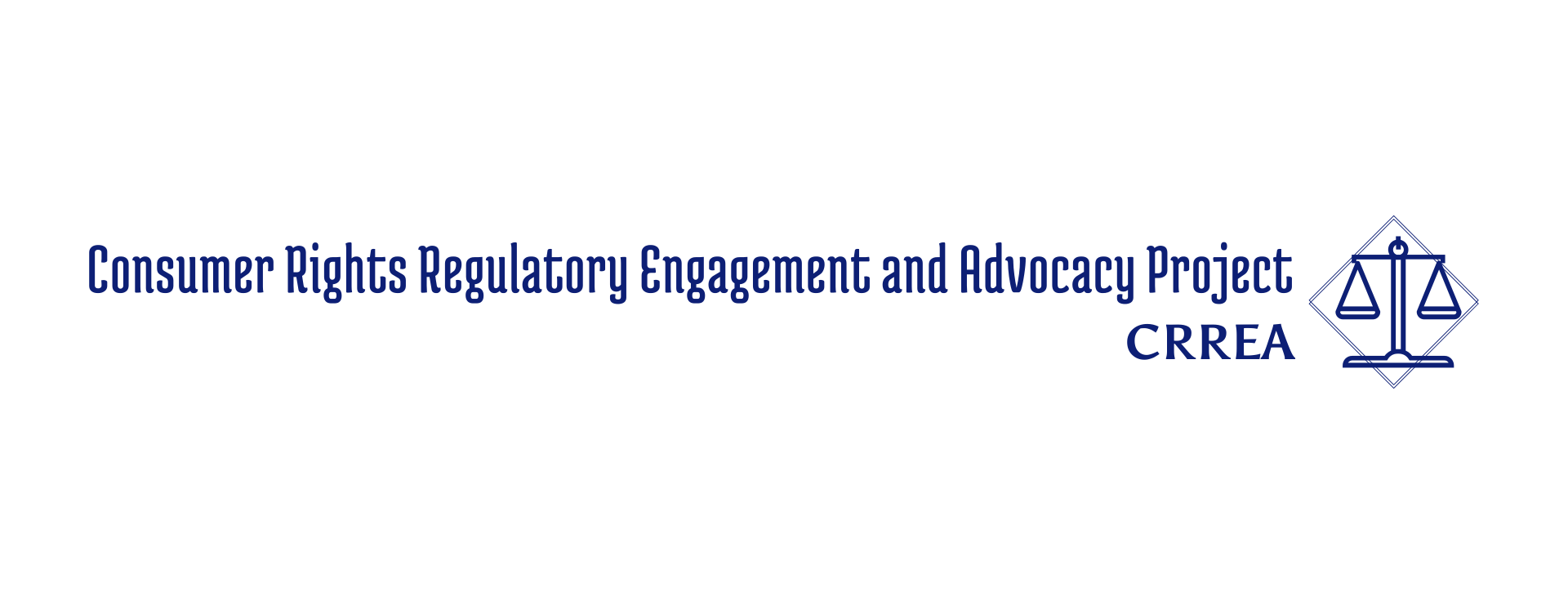
Introducing “Working with Cost-Benefit Analysis as an Advocate”
Using the language of cost-benefit analysis to explain how people are harmed by unjust policies makes it more likely that your argument will be heard, understood, and judged credible and relevant by regulators.
If you care about the rules agencies issue that governs everything from worker safety to clean air to payday lending, you’ve probably encountered the idea of cost-benefit analysis. Whether you want to comment on an agency’s proposed rulemaking, meet with congressional staff to discuss the impact of a rule on your community, or otherwise influence the regulatory agenda, you can maximize your impact if you reframe your arguments and strategies in the language of cost-benefit analysis.
As an advocate, you have a competitive advantage when it comes to cost-benefit analysis. You know how regulations play out in real life and how one rule interacts with a host of other laws, regulations, and local social and economic practices. All of this is relevant to determining what the costs and benefits of any given regulation are, and all of it is information regulators often can’t get without your engagement. With the right framing, you can turn your intimate knowledge of your community into a compelling point for the agency to consider.
So where do you begin? How should you frame your arguments? What strategies will make your input effective?
To make this process more accessible for advocates, we’ve drafted Working with Cost-Benefit Analysis as an Advocate, a guide which outlines the main components of cost-benefit analysis and highlights strategies advocates can use when engaging in regulatory advocacy. Working with Cost-Benefit Analysis as an Advocate covers:
- Requirements for Agencies: The main points of Executive Order 12,866, which sets forth the basic requirements for cost-benefit analysis for most federal agencies, and some information about how regulatory agencies not governed by EO 12866 may approach cost-benefit analysis.
- Common Alternative Approaches for Regulations: A list to help anticipate, address, or support other routes for the agency to take.
- Common Considerations in Cost-Benefit Analysis: Definitions and examples of concepts that are frequently used in cost-benefit analysis.
- Strategies to Make Cost-Benefit Analysis Work for Advocates: A range of ideas for identifying and sharing relevant and helpful information.
Working with Cost-Benefit Analysis as an Advocate is 7 pages long, written in simple language with examples, and is designed to be accessible for any advocate interested in shaping the rules agencies issue.
Check it out and let us know what you think!
Travis, Diane, and Kate

